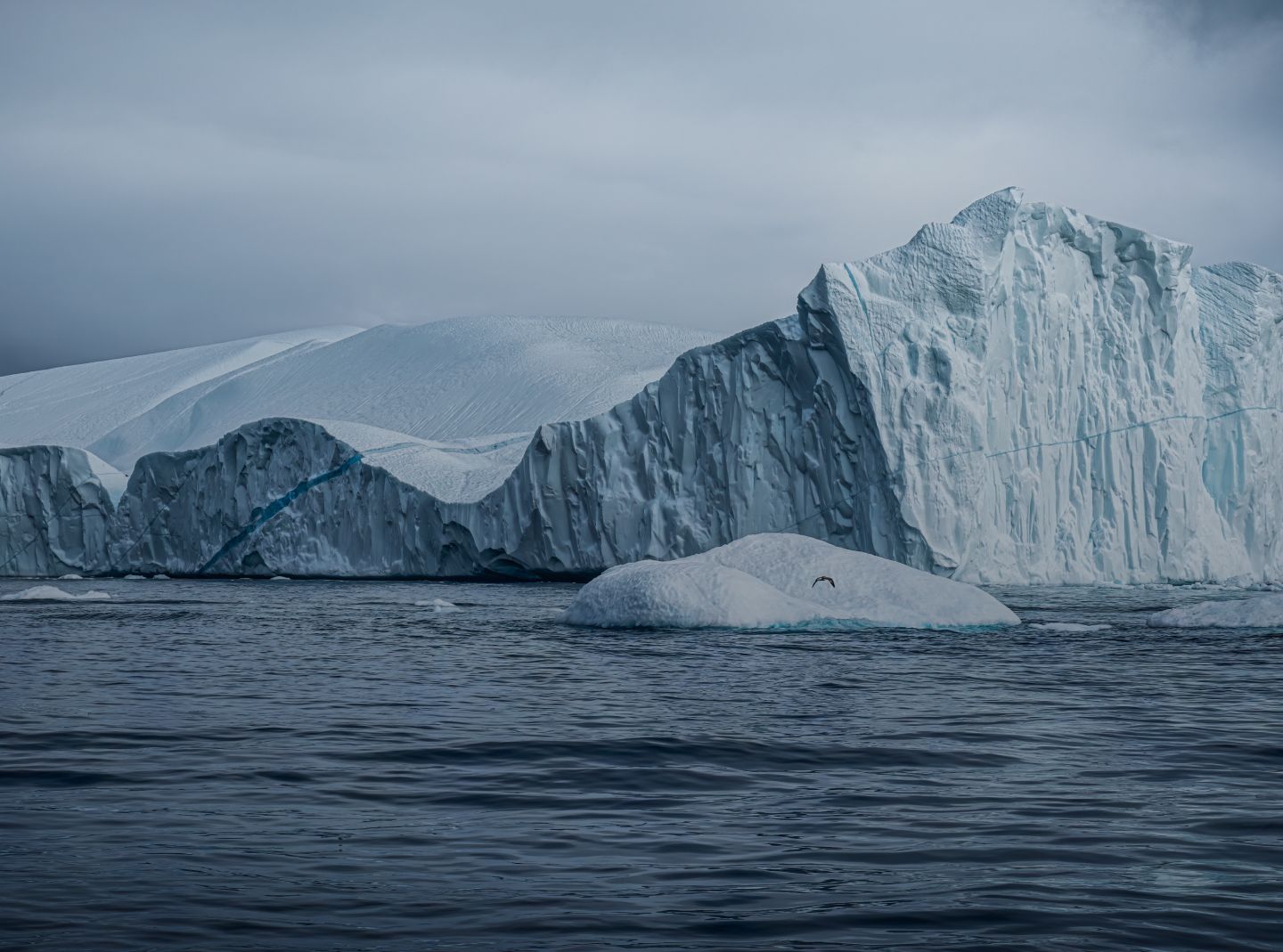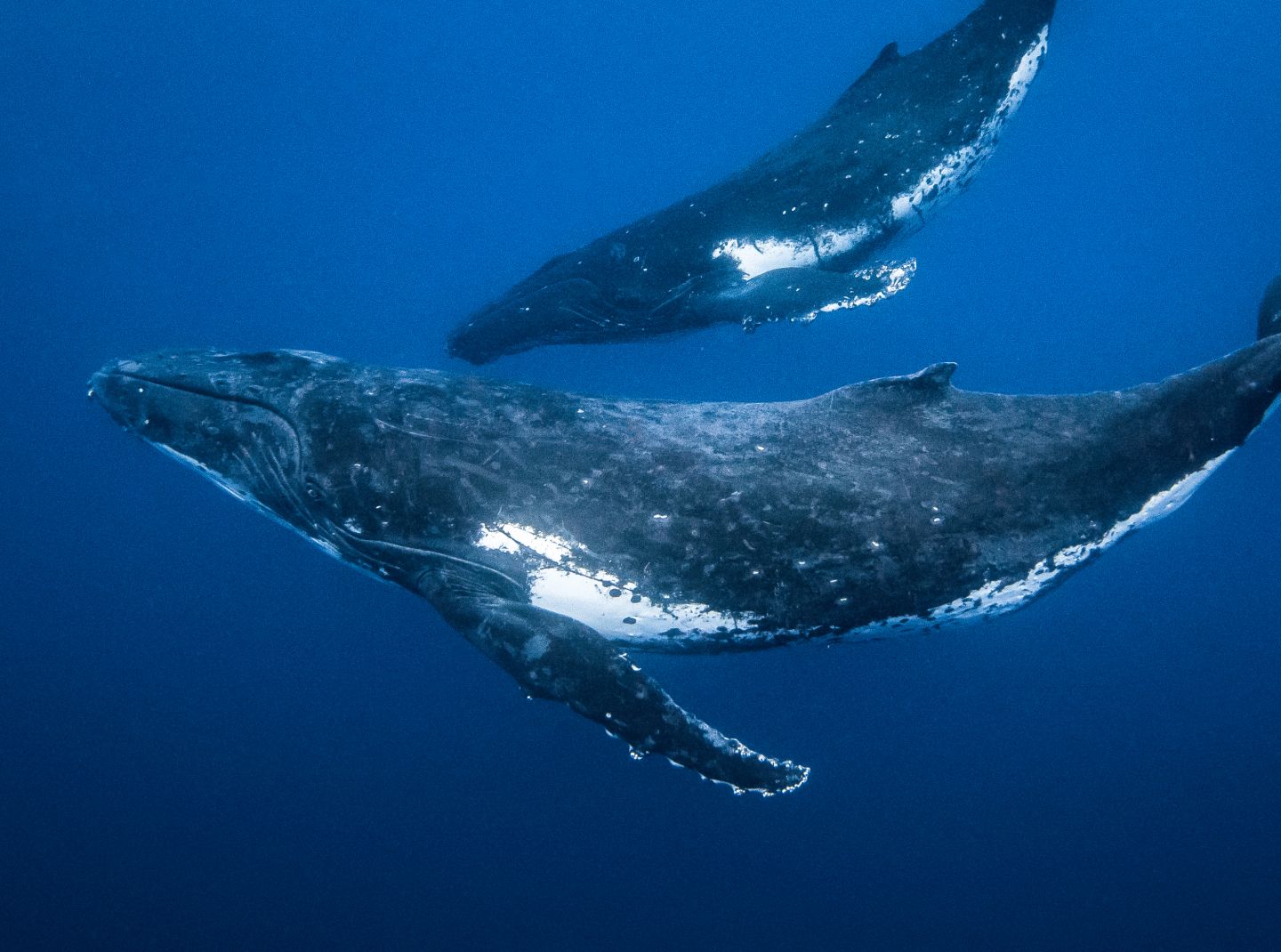
Ocean Acoustics
Dive into the science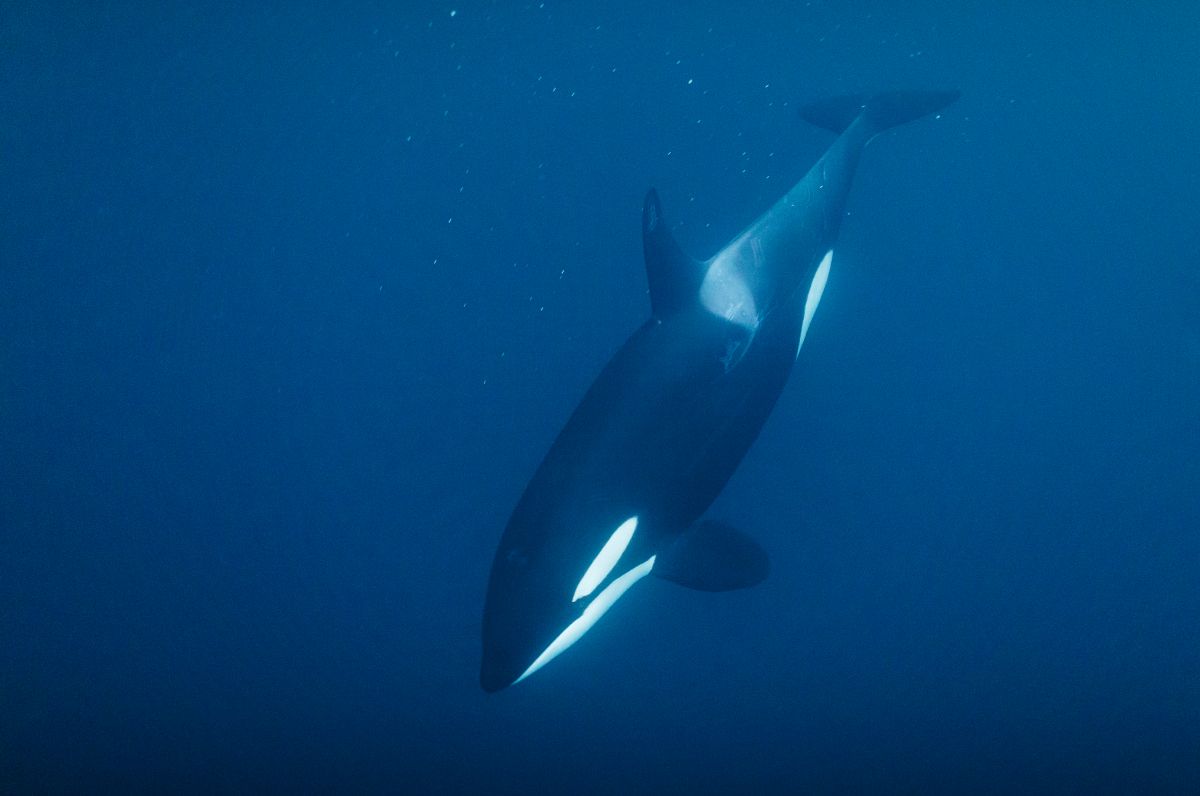 Orca, Norway
Orca, NorwayOcean Acoustics
The ocean is alive with sound - notably different to the ‘silent world’ coined by the famous oceanographer Jacques-Yves Cousteau. From the sound of crashing waves, to the haunting calls of humpback whales, this rich soundscape reveals secrets about the underwater world.
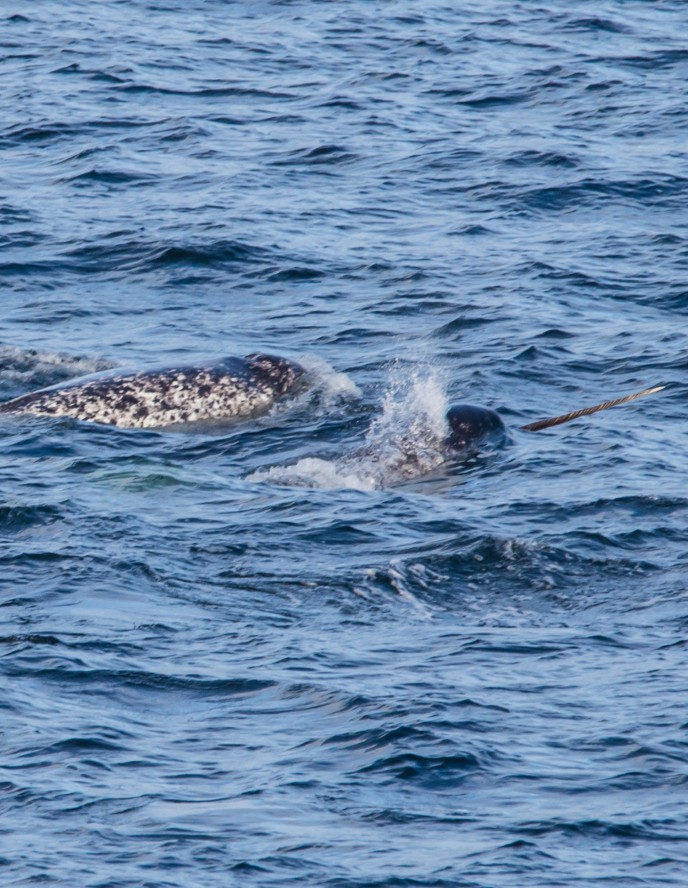 Narwals, Norway.
Narwals, Norway.Sound travels much further and faster in the ocean than in air - around four times faster. In the ocean, sound can travel as far as 15 football fields in one second (but the exact distance is affected by temperature, salinity, and pressure).
Wildlife in the ocean uses sound to communicate, navigate, forage, find mates, defend their territories and avoid predators. Marine species like whales and dolphins use sound to ‘see’ their surroundings (echolocation), and fish produce grunts, croaks, clicks, and snaps to ward off predators or attract mates.
Scientists are constantly discovering new ways in which sound is used - recently it was discovered that coral and oyster larvae use sound to guide them to healthy reefs to settle.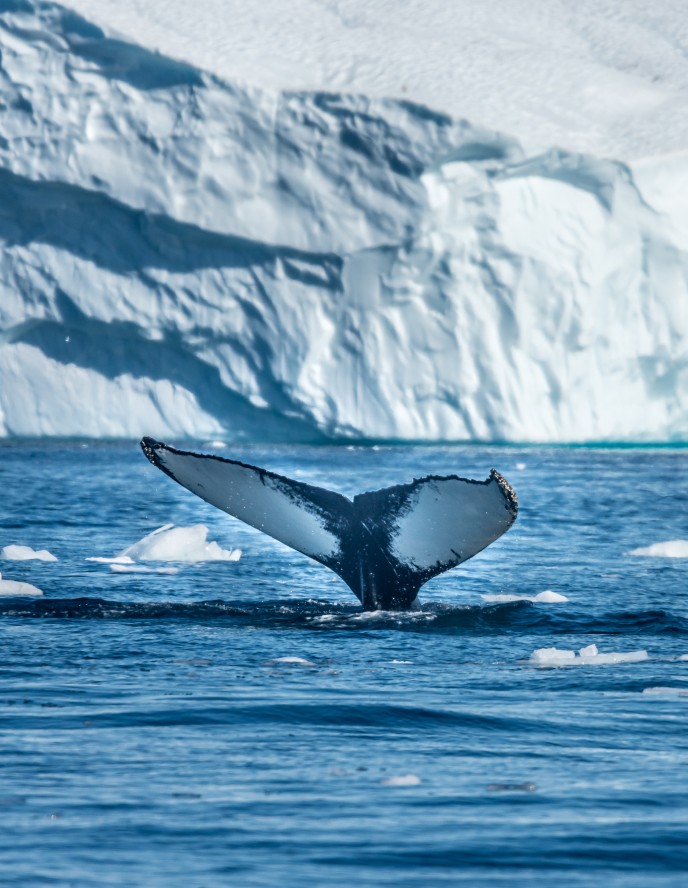
Scientists think that all ~126 marine mammals emit sounds, as well as at least 100 invertebrates and 1,000 fish species - and likely thousands more!
Underwater sound recorders (called hydrophones) offer a low-cost and non-invasive way to monitor marine life - particularly in deep, low-visibility, or remote locations. Recordings can indicate the behaviour, movement, and responses to environmental changes of different species.
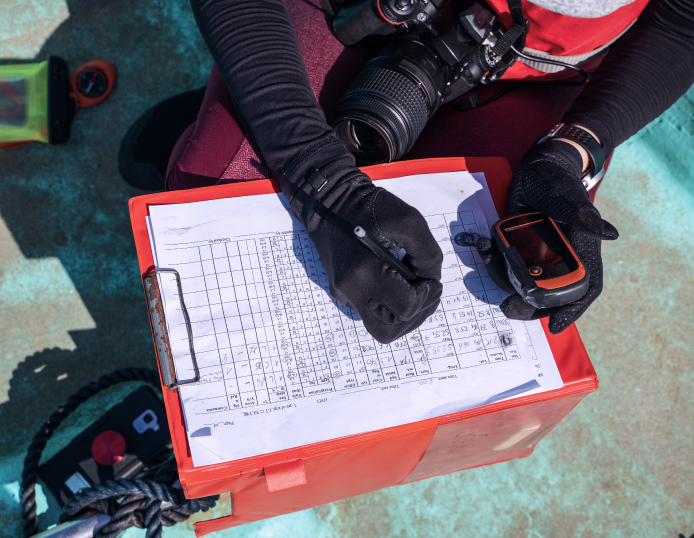
Glubs
A team of experts are gathering a huge collection of known and unknown sounds produced by marine and other aquatic life. The Global Library of Underwater Biological Sounds, or ‘GLUBS’, will allow scientists to monitor changes in diversity, distribution, and abundance of marine life, identify species, and characterise healthy ecosystems.
Our expert sound recordist will be taking acoustic samples along our route, so we can contribute to the understanding of Arctic biodiversity and the behaviour of these incredible species. The recordings will be analysed by Universitat Politècnica de Catalunya (UPC).
Deep Dive Resources
Listening to the ocean - Oceanographic Magazine
Hear from Dr Brandon Southall, an expert in noise impacts on marine mammals, on how our understanding of ocean noise has changed over the years.
The soundscape of the Anthropocene ocean
Learn more about how ocean soundscapes have changed, and how noise impacts marine animals and ecosystems.










